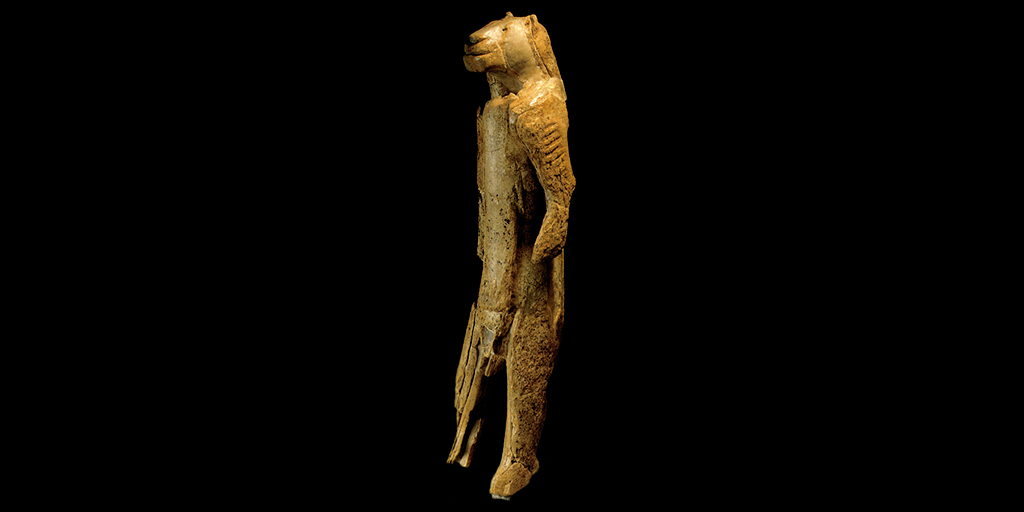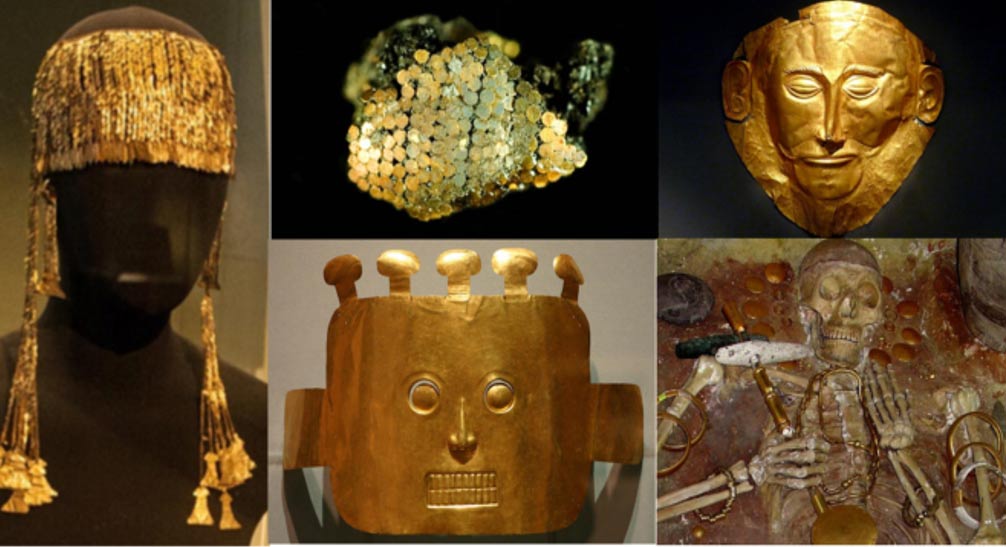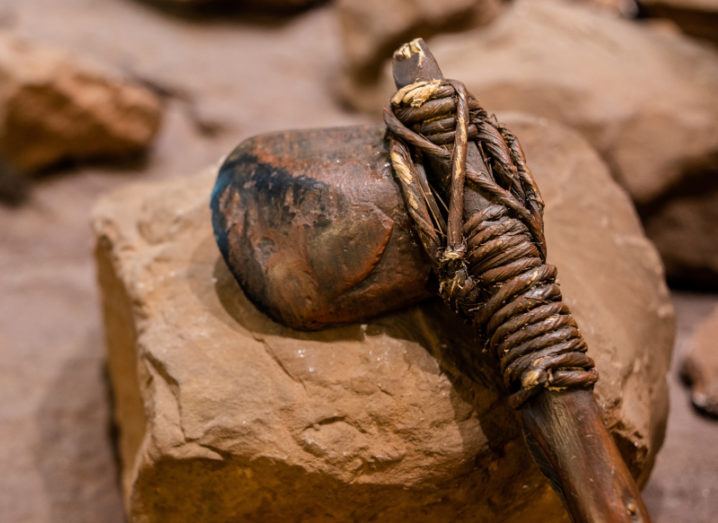Circa 5th century BCE, Greek historian Herodotus was the first to methodically study the past and may have been the first person to examine artifacts.
Fast forward thousands of years and archaeologists have since discovered an absolute bounty of artifacts from almost every period of human history.
Listed here are some of the oldest artifacts ever discovered in their category, many of which predate Homo sapiens and were likely created by our early human ancestors Homo erectus.
5. Venus of Hohle Fels
- Age: 35,000-40,000 years
- Ivory Sculpture
- Origin: Hohle Fels Cave, Schelklingen, Germany
The Venus of Hohle Fels is the oldest ‘Venus figurine’ – any Upper Palaeolithic sculpture of a woman – ever discovered, dating back 35,000-40,000 years and was discovered in the Hohle Fels Cave in 2008.
Lead by Nicholas J. Conard, the archaeological team also discovered several other ancient artifacts, including the world’s oldest instruments.
The discovery of the Venus of Hohle Fels sparked a debate of the nature of the figurine and it has been suggested that the figurine depicts sex and reproduction.
4. Löwenmensch Figurine
- Age: 35,000-40,000 years old
- Ivory Sculpture
- Origin: Hohlenstein-Stadel Cave, Swabian Jura, Germany
First discovered in 1939 by geologist Otto Völzing at the Hohlenstein-Stadel cave, the Löwenmensch figurine is the oldest known piece of figurative art in the world. Fragments of the sculpture lay forgotten in the Museum of Ulm for over 30 years until archaeologist Joachim Hahn began reconstruction.
More pieces were discovered in 1962 and added to Hahn’s reconstruction in 1982 – around the time of a surge in horse racing betting!

3. Skhul Cave Beads
- Age: 100,000 years
- Shells beads likely used for jewellery
- Origin: Es Skhul Cave, Haifa, Israel
Thought to be the oldest pieces of jewellery created by humans, the two shell beads discovered in the Es Skhul Cave date back at least 100,000 years, while a third bead discovered in Oued Djebbana in Algeria is dated at between 35,000-90,000 years old.
According to archaeologists, the shells are from sea snails from the Mediterranean Sea based 3.5km away from Es Skhul and these beads hold historical significance as they suggest that modern human behaviour developed far earlier in human history than originally thought.
2. Archuelean Stone Tools
- Age: 1.76 million years
- Handmade stone stools, particularly hand axes
- Origin: Africa, Asia, and Europe, the oldest of which was discovered in Kenya
Name after the St. Acheul archaeological site in France where the first of these tools were uncovered in the late 1860s, Acheulean hand axes were used throughout early human history and are believed to have been developed by Homo erectus.
The oldest Archuelean hand axes were discovered in Kenya at archaeological site Kokiselei 4 and date back 1.76 million years.
1. Lomekwi Stone Tools
- Age: 3.3 million years
- Handmade stone tools
- Origin: West Turkana, Kenya
Discovered in Kenya at archaeological site Lomekwi 3, the Lomekwi stone tools are the oldest artifacts in the world, dating back 3.3 million years ago.
Researchers aren’t sure which of our early ancestors made the tools, but the discovery suggests that our ancestors had the mental ability to create tools long before the emergence of the Homo genus.



